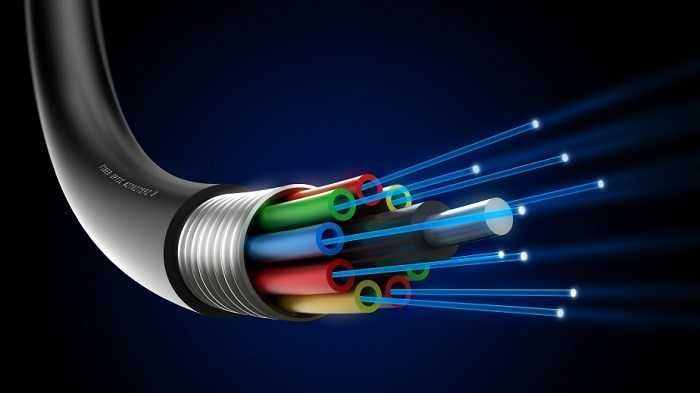Are we running out of internet? The question may sound strange, but the researchers who met at the Royal Society in London this week discussed just that: the coming "thorn" of the internet, its capacity and what they can do about it.
The meeting provoked several headlines of warnings of a "full" internet and the possible need to use a data sheet, but the reality is more complex.
The crisis is real, and is caused by the rapid growth of online media consumption through Netflix and YouTube, but of physics and engineering that can help us save it. The internet only needs a few tweaks.
The fear of lack of capacity stems from a harsh physical truth - there is a limit to the amount of information that can fit into any communication channel, fiber optic cable or copper cable. Discovered in 1940 by Claude Shannon, and this limit depends on the bandwidth of the channel (the number of frequencies it can transmit} and the signal-to-noise ratio (SNR).
Digital traffic jam
The capacity of the information in the optical fibers can be expanded by increasing the power of light emitted through them. This process enhances the encoding signal, making it easier to read from the other end.
Researchers have gone through decades to find ways to boost brands, to increase the capacity of fiber optics already on the ground to keep pace with increasing Internet traffic.
But this trick has reached a dead end. Power can only reach a certain point until the fiber saturates and the signal is downgraded. This means that the fibers we use today are reaching their full potential.
René-Jean Essiambre of French communications company Alcatel-Lucent presented research suggesting that the limit of internet capacity is around 100 terabits per second, 250 Blu-ray disks. Fiber-optic Internet systems could reach that limit within the next five years, he warned.
Optical Fiber Fiber
But before closing your YouTube account, David Richardson of the University of Southampton, the United Kingdom, is researching new fibers containing multiple cores for data transmission on the Internet.
The construction of such optical fibers is more difficult than existing because the cores are particularly small in size and must retain their shape along the entire length of the cable. However, they seem to be able to transfer more data.
Techniques like these will be key to combating the capacity crisis but if researchers are unable to scale up and commercialize their solutions, the bulletin movementor other restrictions on its use Internet may be the only option.
"I do not see a crisis on the Internet," said Andrew Lord, a UK-based researcher at BT. "I have a strong belief in the ingenuity of humans," he told New Scientist.





